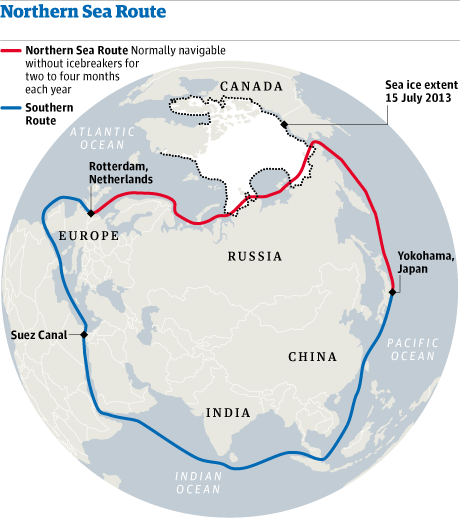7667766266
enquiry@shankarias.in
What is the issue?
What was the trial?
How is the Arctic changing?

What is the emerging scenario?
What is the challenge?
Source: Indian Express